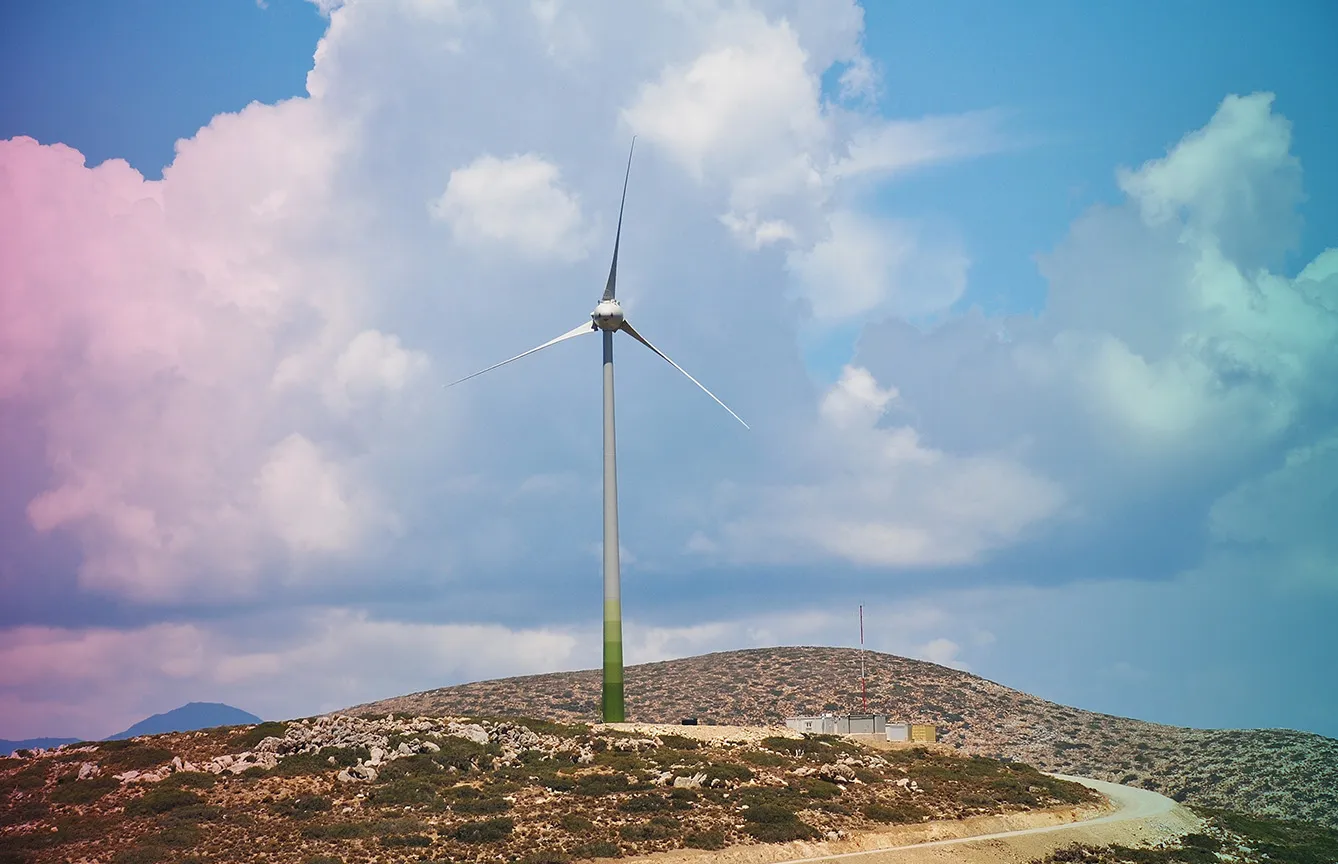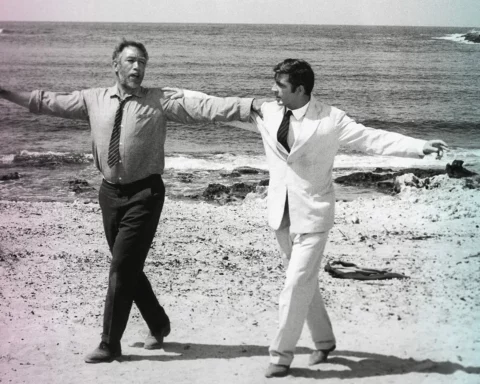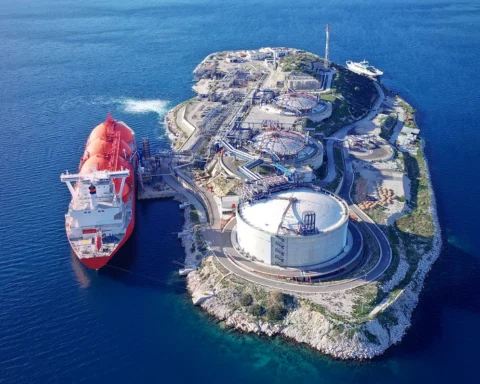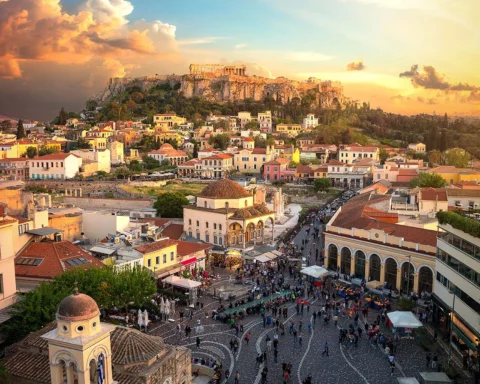The small island of Tilos recently made big headlines. In 2022, it completed its S4S project: Storage for Sustainability, Smart Grid, Solutions, and Security, earning it the title of the first ‘energy autonomous’ island in the Mediterranean. Prior to the project, electrical outages were common. However, while Tilos has historically struggled with power and water supply, like most islands in the Med, it has wind and sun in abundance.
Developed by Eunice Energy Group, one of the leading renewable energy companies in Greece, Tilos’ new green energy system combines solar and wind generation, along with battery storage, to provide almost all the island’s electricity needs. The benefits are significant. It has enabled Tilos to detach itself from oil dependency and external electricity supply, improving the energy security of the island and resulting in energy autonomy for its 500 year-round inhabitants.
Wind, sun, and storage
Tilos’ transition to renewable energy has been achieved by the installation of an 800kW wind turbine and 592 photovoltaic panels with a nominal power of 270Wp each. Also part of the new system are eight inverters with a rated power of 20kW and two batteries with a nominal energy output of 1.4 MWh each.
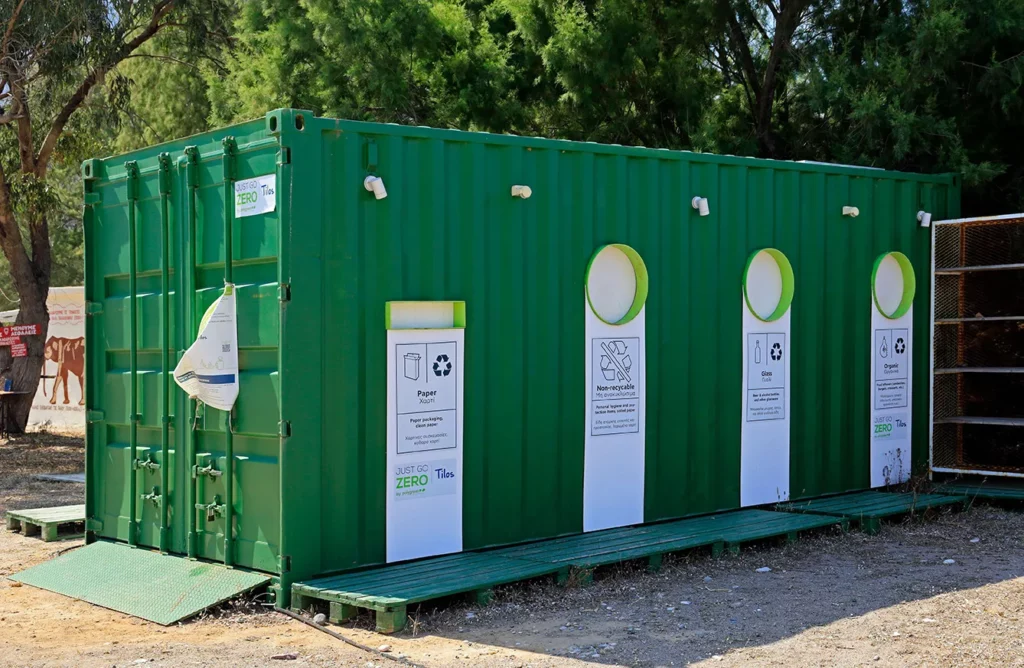
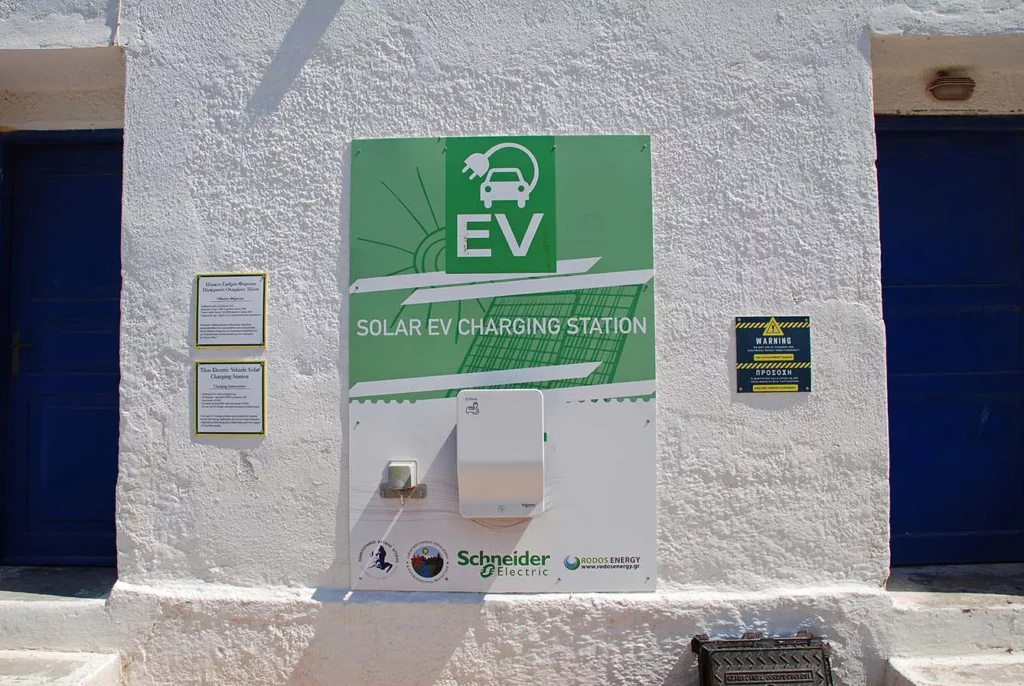
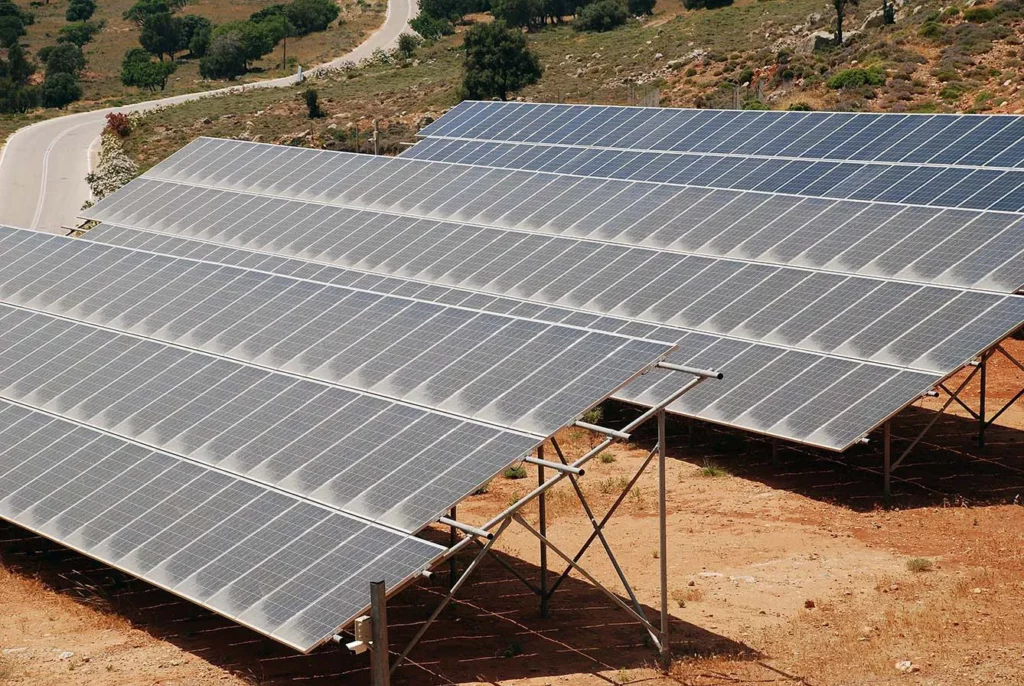
The installation has not only saved significant carbon emissions but also reduced fuel costs for electricity generation on the island and significantly reduced the problem of electricity shortages. During peak generation, there is even an excess of energy, enabling Tilos to power other islands in the Nisyros-Kos system.
Self-reliance
Self-reliance is a necessity and source of pride in Tilos, writes Derek Gatopoulos for the AP. And it’s not the first time little Tilos has been a pioneer. For a small, remote island, it is surprisingly forward-thinking. It held Greece’s first-ever same-sex partnership ceremony, and it volunteered to take in refugees, in part to help with the problem of depopulation.
Indeed, as Jennifer Barclay – a long-time resident of Tilos and author of several books on Greece – notes in her book Wild Abandon, depopulation has been a problem for many Greek islands for years. The dwindling numbers of Tilos residents perhaps added urgency to embrace new ideas and technology to try and rejuvenate island life. “We still get electricity bills and power cuts. But we believe it’s a good thing to be self-sufficient,” adds Barclay.
Tilos’ trash troubles
The island gets around 30,000 visitors each summer, and dealing with waste generated by tourists has long been a problem. So, in addition to the S4S project, Tilos has tackled its trash troubles by replacing its old landfill site with a recycling plant where rubbish is separated to produce powdered glass, cement mix, compost fertilizer, and plastic twine, then used to make 3D printed furniture.
The island is also investing in e-mobility, renewable-driven EV charging infrastructure, sustainable water management, and energy efficiency in the local public lighting sector.
“There’s still a long way to go,” says Baclay. “Shops still sell plastic bottles of water and plastic egg boxes and plastic takeaway coffee cups. But for now, these two initiatives have created some pride in being a ‘green island.'”
The Tilos Effect
The success of the Tilos project is leading to positive changes for other Greek islands, too. The S4S project is now being implemented in four more island regions: Anafi, Donousa, Leros in the Southern Aegean, and Fournoi Korseon in the Northern Aegean are to become the new smart green islands with a total guaranteed power of 2.5 MW.
Not only is Tilos’ green transition an example to other Greek islands but also to islands across the Mediterranean and, indeed, the world. It demonstrates how bold ideas in small places can lead to big changes for the better.


